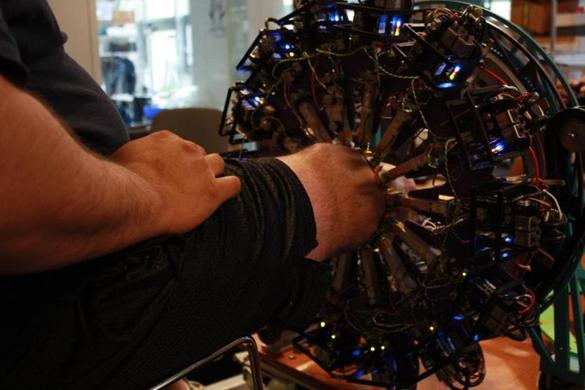
- FitSocket takes data from the end of a limb by testing different points on someone’s leg on what kind of tissues, bone, and nerves are under the skin. That data can be used to 3D print a socket, as opposed to the current technique, which generally takes months and requires craft and attention to detail. A FitSocket produced prothetic can distribute the load of a prothetic leg across the entire surface of the limb.
- Six patients have tried FitSocket so far, and according to the Globe, one described the effect as “walking on pillows.”
- Essentially. FitSocket looks like a ring of 14 “extendable indenters.” Its main selling point so far is being more comfortable than traditional prosthetics, and a larger scale study is forthcoming to test the resin the team is using under more rigorous conditions, like sports.